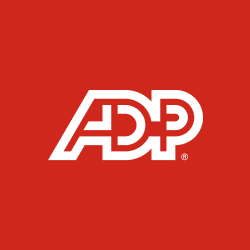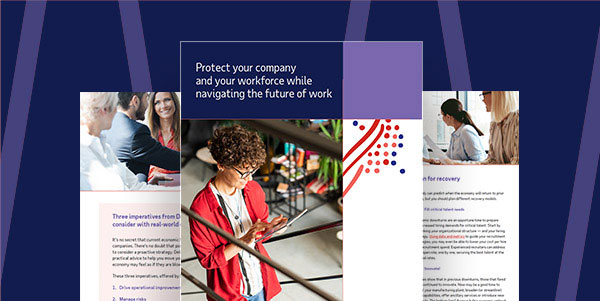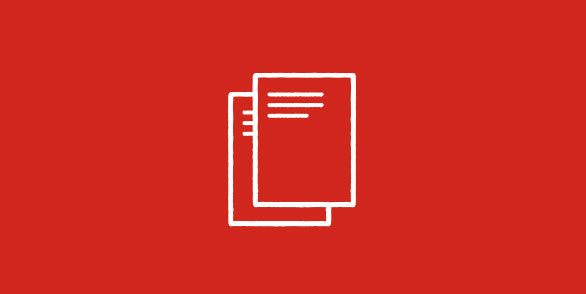Unlock the full potential of generative AI and turn your business into a state-of-the-art innovator powered by technologically advanced professionals. In this ADP insight, industry leaders explain how you can help make the future of work easy, smart and human. Topics include:
- Transforming operations with efficiencies and personalization
- Maximizing business potential with a strong dataset
- Empowering everyday human decision making
- Increasing user confidence with data privacy
- Building trust with compliance and human oversight



